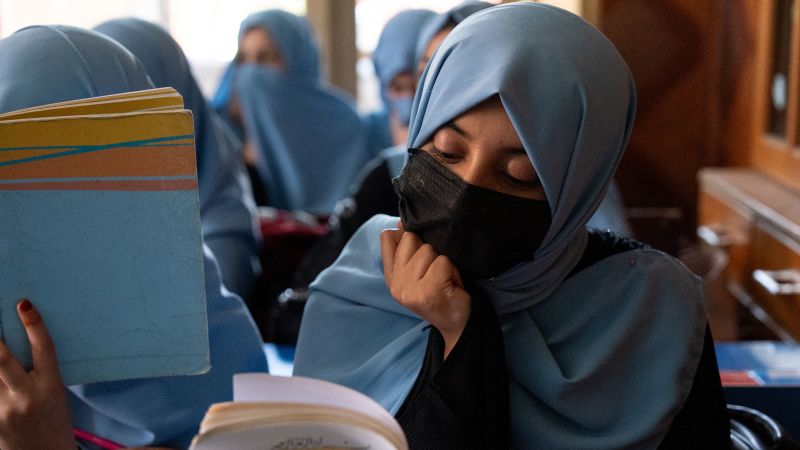
Education Gender Disparities in Afghanistan
Politics | 8/4/2025
Afghanistan stands as the sole nation globally to bar girls and women from pursuing general education beyond primary levels. This exclusion from secondary and higher education for females has fueled a notable expansion of religious schools catering exclusively to girls across the country. These religious schools offer a curriculum that focuses primarily on religious studies and traditional gender roles, a departure from the broader spectrum of subjects typically covered in non-religious educational institutions.
The growth of these religious schools for girls underscores the limitations women face in accessing comprehensive education in Afghanistan. While proponents argue that these schools provide a culturally appropriate and religiously grounded education, critics caution against the potential reinforcement of gender stereotypes and limited career opportunities for girls and women in the future. The absence of a balanced, well-rounded education could hinder the socio-economic advancement of Afghan females.
A White House official, speaking on the condition of anonymity, expressed concern over the implications of this educational divide, stating, “Education is a fundamental human right, and denying girls access to general education beyond primary levels is a significant barrier to their empowerment and participation in society.” Legal experts note that this restriction on girls’ education contradicts international agreements on gender equality and the right to education, which Afghanistan is a signatory to.
Despite international pressure urging Afghanistan to broaden educational opportunities for girls, the expansion of religious schools for females continues to grow. The lack of access to a comprehensive education for girls not only limits their individual potential but also poses challenges to the country’s overall development and progress towards gender equality. The debate surrounding the role and impact of these religious schools on girls’ education in Afghanistan remains a complex and evolving issue with far-reaching implications for the nation’s future.

